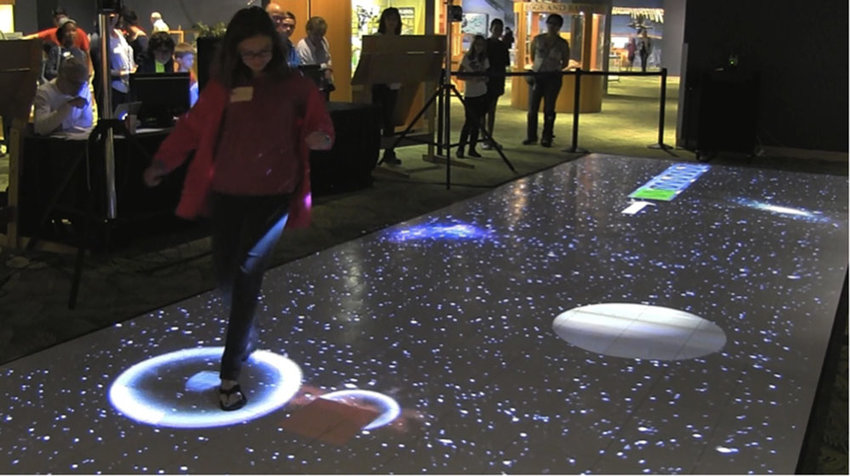I have always used the term “embodied” interaction to talk about engaging with computer systems through bodily action. In that sense, anything from gaze tracking as input to full body motion tracking can be considered “embodied” interaction. Dourish says that embodiment in interactive computer systems is denoted by “being there in the world” to perform the action.
I want to think about this from the perspective of interaction design in VR environments, and in avatar-based simulations like Second Life, Active Worlds, and Sim Cities. Actors interact with the avatar-based virtual world through humanoid-like figures (for the most part), enacting actions that mirror our ways of interacting with things (and with each other) in the real world. Can we think of this as embodied interaction? To me, the answer is yes!
Searching academic literature about embodied interaction in avatar-based simulations yields hundreds of results, most agreeing that projecting the human body into the virtual world and using it as a medium for enacting interaction, like “walking to places” or “turning to face the person we are talking to”, is considered embodied interaction, even if the body is not “physically” there.
it would be interesting to think about the “plan” and “situated actions” in the context of avatar-based embodiment. Lucy Schuman talks about the canoe example, and how when faced with a waterfall, the plans stops and the embodied (situated) action take over. Does this apply to VR? probably yes, because even though we don’t necessarily have a sense of our bodies as one would in real world perception, we are still interacting through bodily motions and actions, which is (to a lesser extent of course) true in an avatar-based situation, with the exception the idea of a situated action might fall short when the interaction is based on fingers pressing keyboard keys?
The keyboard keys in this sense, just like a VR sensor or controller, are the mediators through which the interaction is synthesized, and keyboard interaction is just another form of embodied interaction with the world,

Leave a Reply